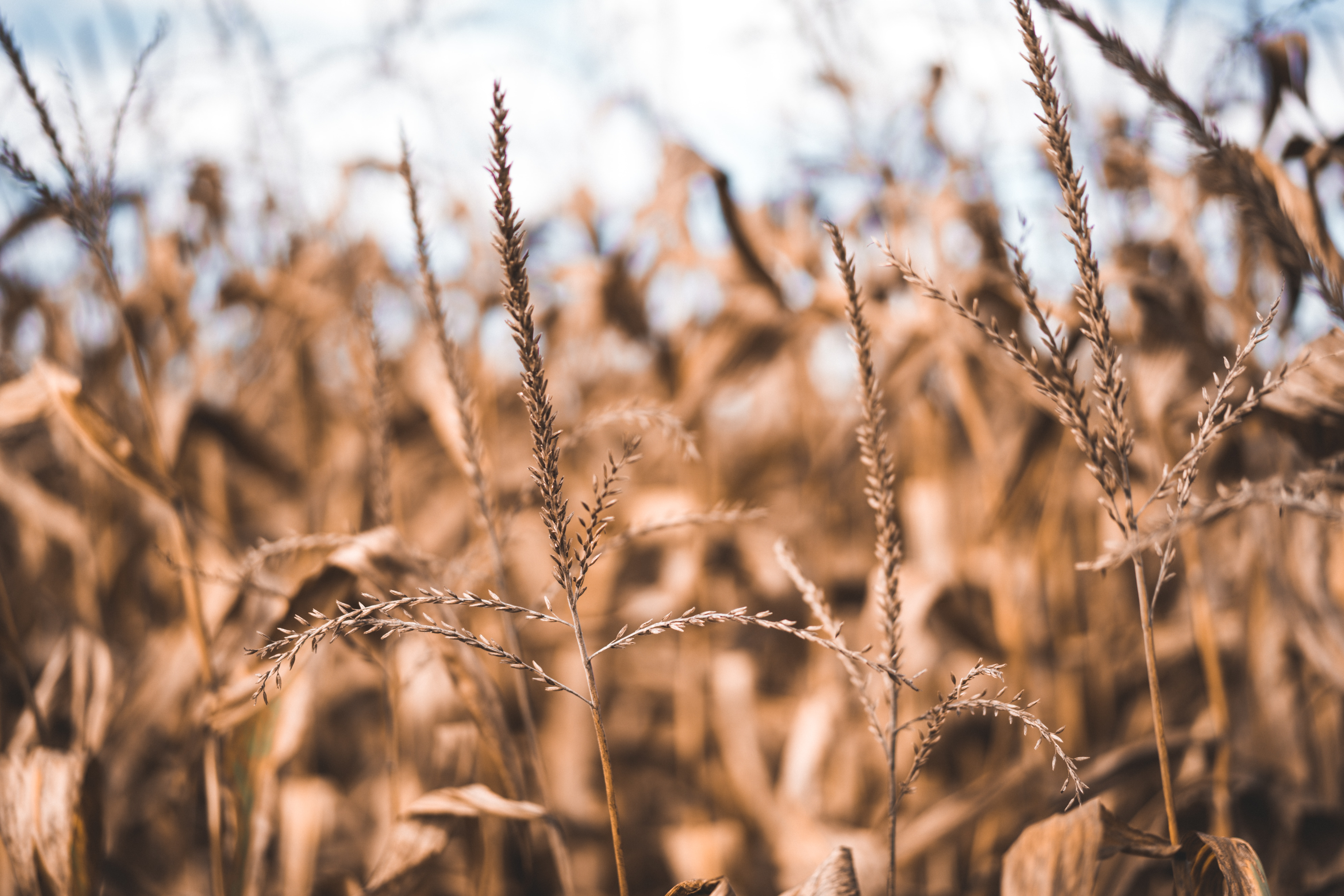About
Climate change has changed rain patterns across Central America’s dry corridor, challenging conventional agriculture’s capacity to deliver a reliable stream of income for small landholders. A humanitarian crisis has followed, as living standards in the countryside deteriorated and families migrated by the thousand in search of improved livelihoods.
Catholic Relief Services (CRS) is working to address these challenges through the Water Smart Agriculture (WSA) program, a suite of sustainable agricultural practices that seek to increase agricultural resilience to a changing climate and restore degraded agricultural soils. To assess the impacts of CRS’s intervention at the landscape scale, there is need for a scalable, affordable method to monitor the adoption of WSA practices across large regions.
